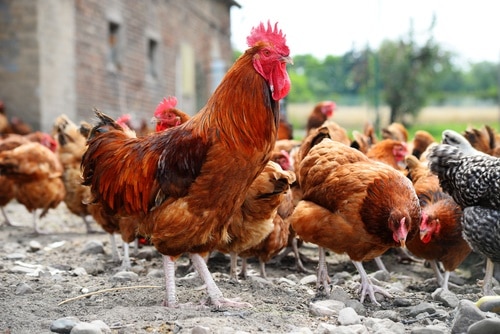Linda here.
Back in the days of the Roman Empire, armies carried cages of chickens; when a decision needed to be made they would crumble food at the bottom of the cage. If the chickens ate, it was a good sign. If they didn’t, it was a bad omen you ignored at your peril.
Are you listening to the chickens around you? Are they warning you of danger or letting you know things are okay? Do you even know what chickens to pay attention to?
It may seem like a strange way to make decisions, but if you knew how year-end sales projections are created in many companies, you’d appreciate any system that has some objective measurement. At least the birds either eat or they don’t, giving them a 50 percent success rate.
The point is that whatever the source of the data, there is good reason to have decision making criteria. Those making a decision should not ignore the agreed-upon measurements, but they should also be open to looking at new ideas.
It’s a management truism that if one person on a team ignores the numbers and acts, the person next in line will probably respond accordingly until the project is in jeopardy of failing.
Here are some questions worth asking:
- What is your criteria for making important decisions?
- Do your managers know what it is?
- Do they understand the implications of acting contrary to the agreed-upon criteria?
- Do the people down stream of that manager know how important decisions are being made?
- What happens to your second-in-command who says, “Uh, excuse me, Ma’am, but that chicken isn’t eating, are you sure you want to do that….?”
- If the decision to go against the indicators was successful, is there a process for your organization to go back and say, “Maybe chickens are the best indicator of success?”
This last point is critical. It’s nice to think we’ve learned something since Roman times, but it’s good to remember that Roman generals didn’t get in trouble for losing their armies or fleets – they got in trouble for ignoring the chickens and disrespecting the gods.
It’s possible for organizations to become too dependent on metrics and punish risk takers. The punishment for disobeying minor rules becomes more important than positive outcomes or lessons learned.
Choose your metrics carefully, pay attention to them, but leave room for novel ideas.
What are the chickens in your organization telling you?

